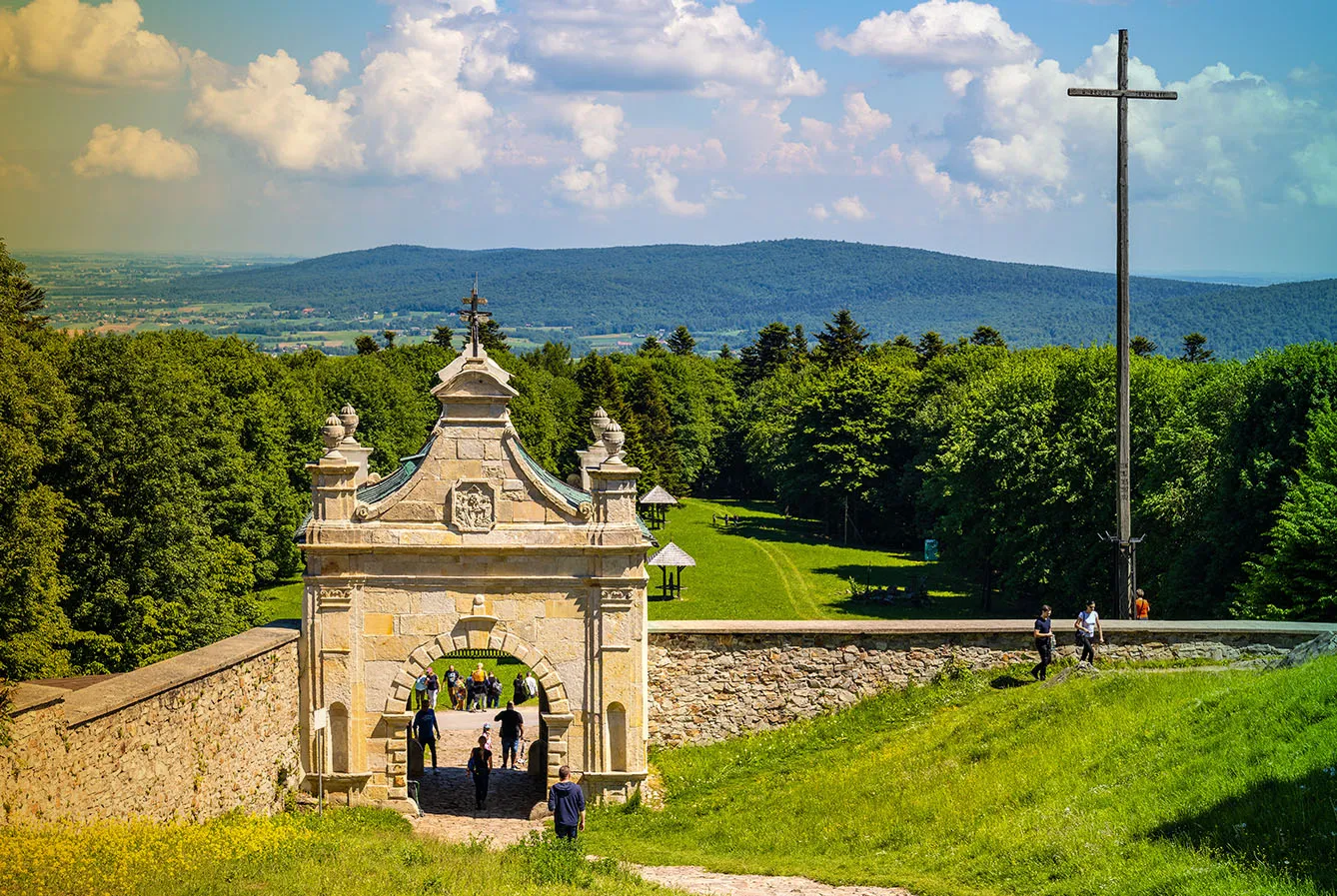If people in Poland want to visit the mountainside, they usually must go all the way to the north of the country. Unless, of course, they can settle on the area that is only nominally mountainside: Góry Świętokrzyskie, or The Holy Cross Mountains. Its second-highest peak of modest 594 meters above sea level is known under the same name, but officially it’s called Łysa Góra, The Bald Mountain.
Movie props and stone run
Easy as a walk in a park (maybe a bit more difficult to ascend in wintertime), the area is quite a nice tourist destination. You have everything here. On the mountaintop, there is an ancient Benedictine abbey with different buildings from different eras, offering a lot for visitors to wander around.
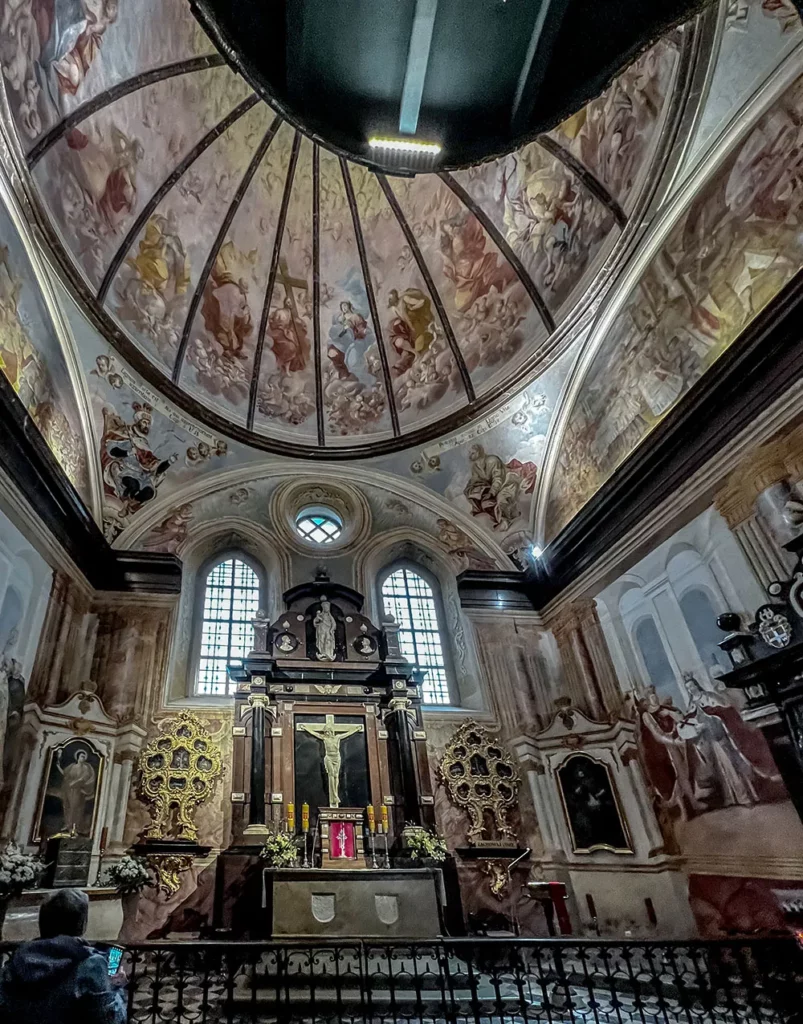
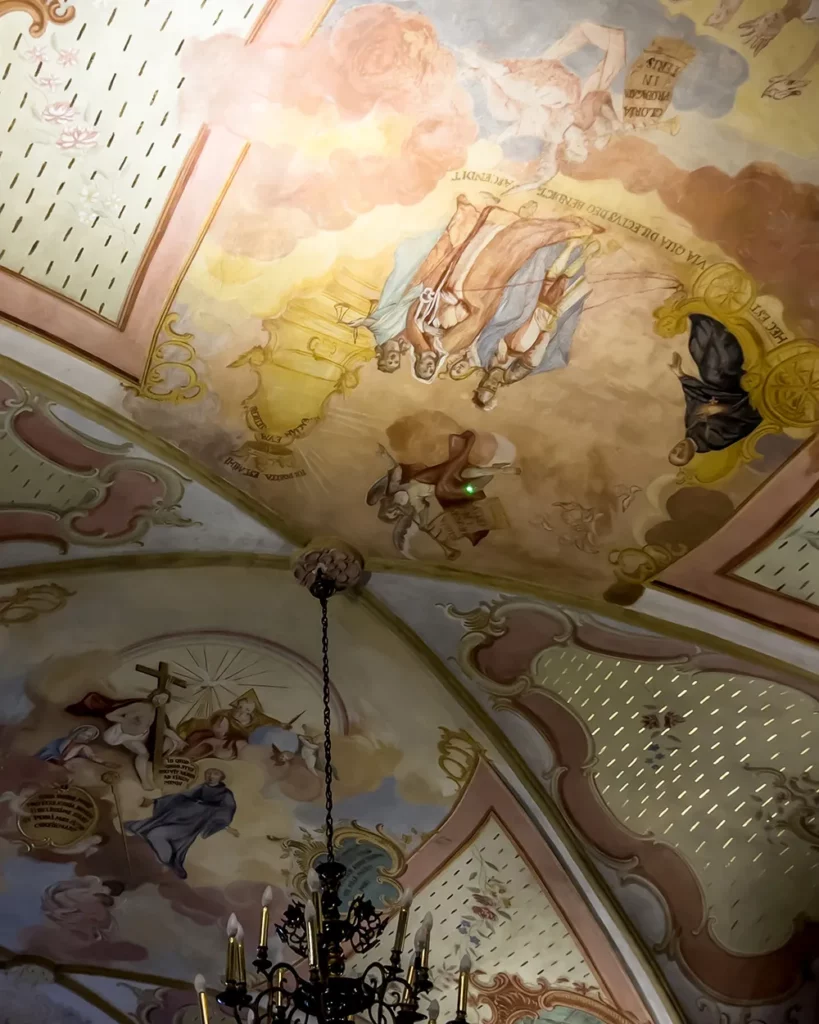

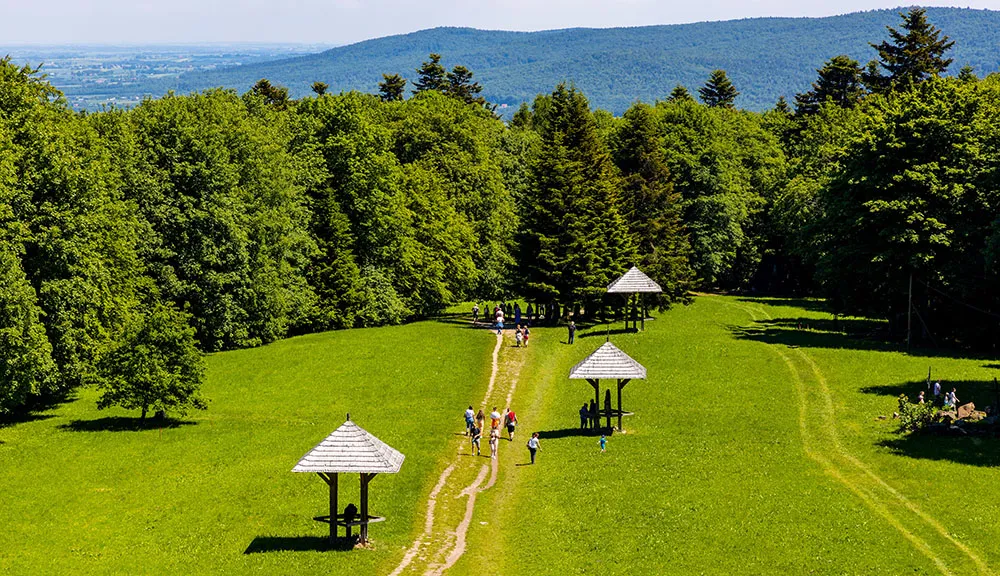
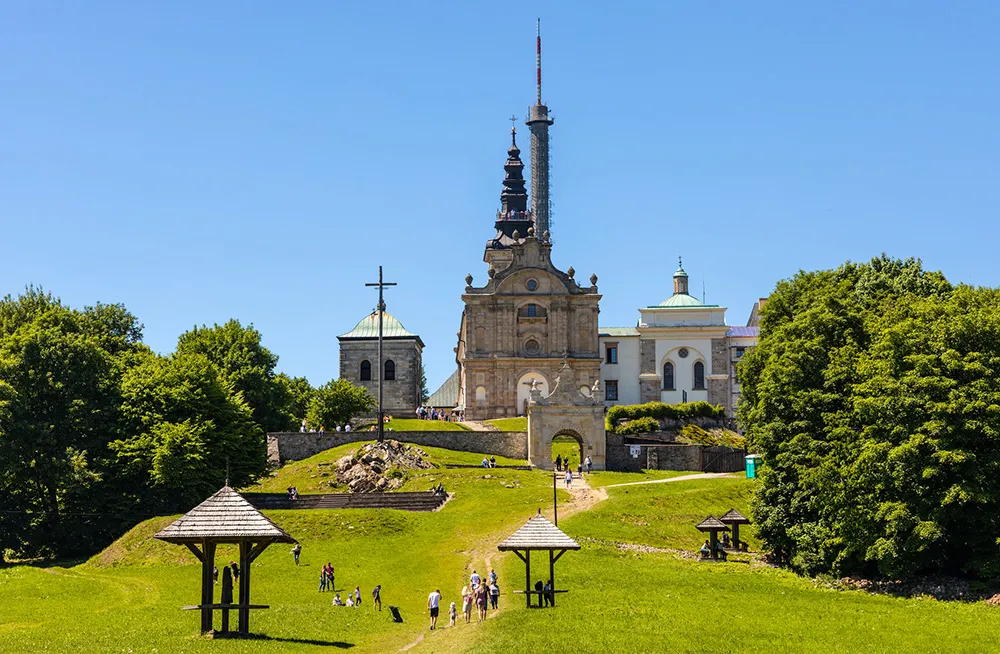
From the direction of Nowa Słupia city, you ascend along the stations of the cross, starting from the pilgrim figure, said to move upward one grain of sand a year, with the Apocalypse imminent as he reaches the top. In the church basement, you can find the mummy of Polish magnate Jeremi Wiśniowiecki, who – fun fact here – is now dressed in a costume from the movie that included him as a character. And, as the shrine bears the name of the Holy Cross Church, it will come as no surprise that it contains the relics of the said object.
But that’s not the end – as one of the highest peaks in the area, it is fitted with a TV tower, which can be an attraction itself, and viewing terraces overlooking the stone run – a field of rocks that give the Bald Mountain its name.
Before Święty Krzyż there was Łysa Góra
But make no mistake: as most of the stone fields on the slopes of Święty Krzyż form a natural formation dating back to the Pleistocene age, there is also a cult building that probably dates back to the 9th century AD – the Slavic pagan rock ridge. This coexistence of pagan and Christian edifices is what makes Bald Mountain so interesting.
We don’t really know many, if any, actual facts – only legends about pagan practices in this particular place, or any other Slavic cult places for that matter. One of the most important Polish chronicle authors, Jan Długosz, in one sentence, gave two sets of deities that were possibly worshipped there. A few centuries later, other historians added even more to the list. The problem is that none of these alleged pagans documented the history as it happened.
Folklore myths present history in an even more interesting way. They say that decades into Christian times in Poland, in the moonlight, you could spot witches practicing magic there and flying on brooms. (The silhouette of such a witch remains a logo of the area.)
How Christians expelled Pagans from Łysa Góra
Whatever the interpretations and myths, there are archeological facts, and those are undisputable: a 1.5-kilometer-long stone wall, up to two meters high, goes spur-like around the peak. It’s made of local stones and was built sometime around the 9th-10th century (and Polish Prince Mieszko I was christened in 966, almost simultaneously).
What’s more interesting, similar edifices are there in the Lower Silesian mountains of Ślęża and Radunia, hundreds of kilometers away. These locations are also known for Slavic pagan activity.
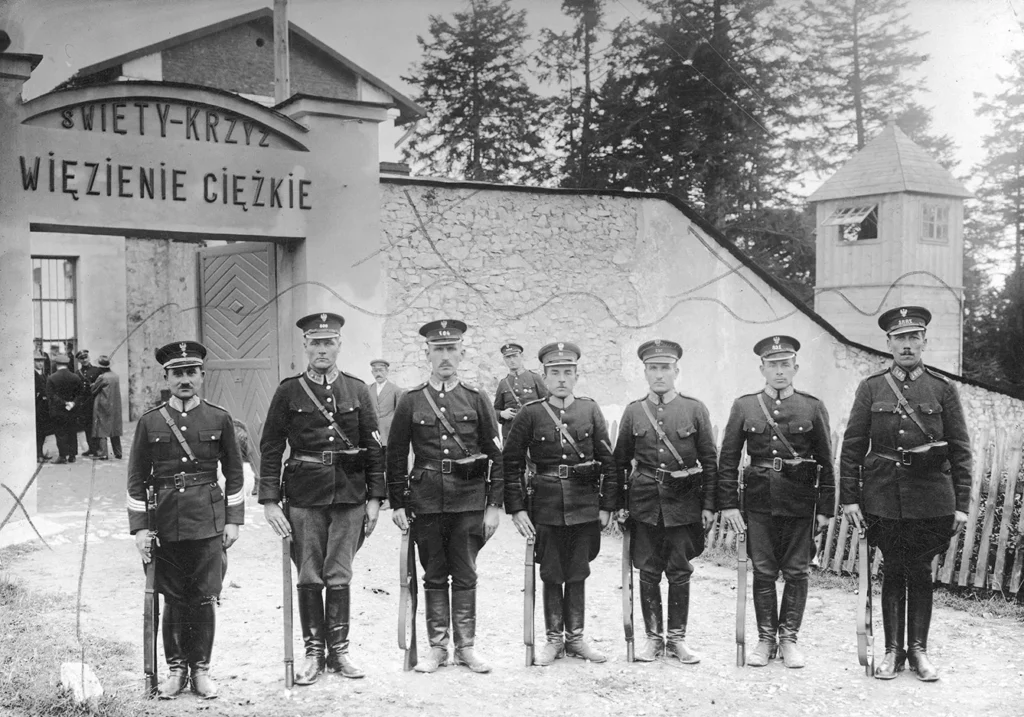
As the foundation of the abbey is as legendary as Slavic activity, both were established around the same time. Mieszko’s son Bolesław, the first to be crowned as the King of Poland, supposedly settled the Benedictines here around 1006. Why would he choose such a remote mountaintop?
Well, here’s the theory: this symbolically important mountain, the (modest) roof of the (local) world, may have been important precisely because of pagan practices. Settling monks there was, in both symbolic and practical terms, a way to prevent their practices.
Did the Church win? Over centuries, even its building changed its purposes and meanings. Despite being a kind of national shrine, it had other, very different functions over centuries. It used to be the headquarters for excommunicated priests, a correctional facility for priests punished for immoral behavior, and in the 19th and 20th centuries, one of the harshest prisons for both criminal and political prisoners. The tensions are perhaps still there now – but little there is to wonder, with the symbolic tension being a foundational idea of the place.


